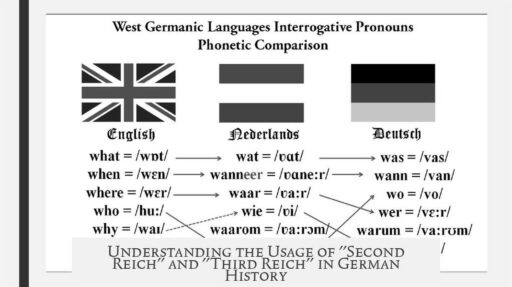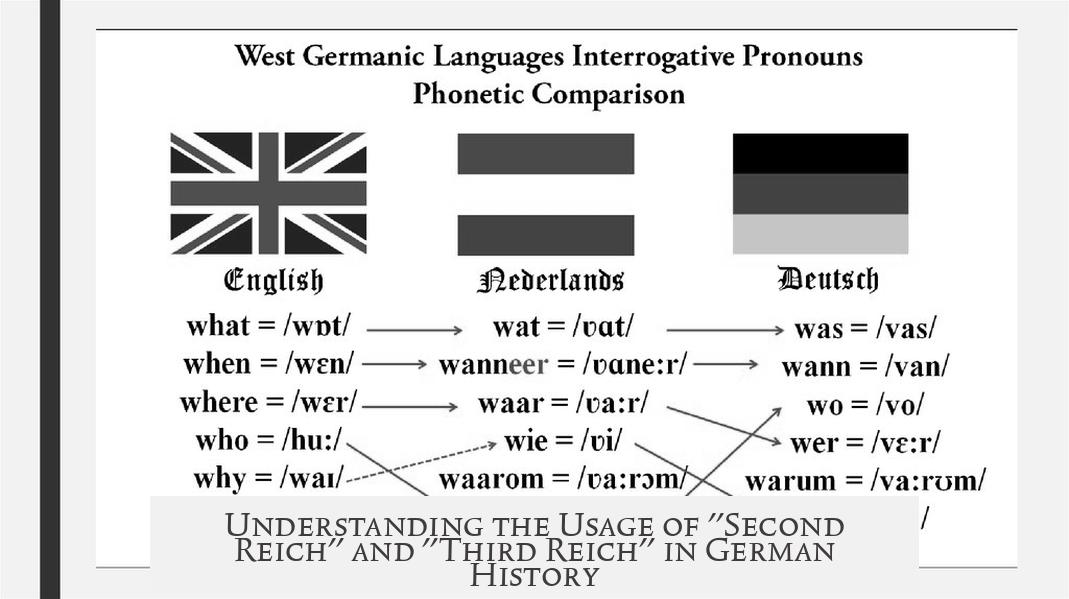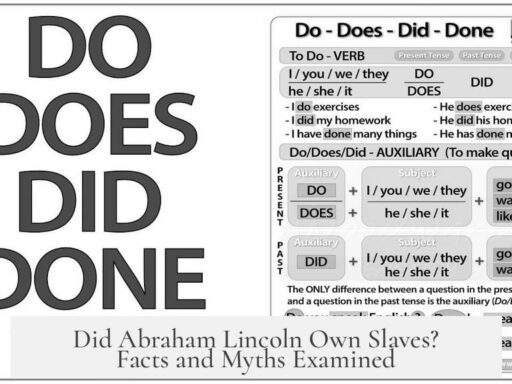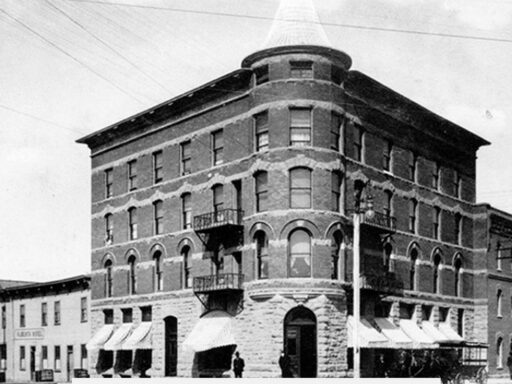The terms “Second Reich” and “Third Reich” refer to distinct historical periods and ideological frameworks in German history, used mainly to denote successive German states with an implied continuity of national identity and power. The “Second Reich” designates the German Empire from 1871 to 1918, while the “Third Reich” was popularized by the Nazi regime in the 1930s to signify a new era of German dominance following the failed Weimar Republic.
The “Second Reich,” officially named the Deutsches Reich, was the unified German nation-state established in 1871 under Prussian leadership. While English sources commonly call it the “German Empire” due to the monarchy headed by the Kaiser, Germans consistently referred to their state as the “Deutsches Reich.” This term appeared on official documents, currency, and legal frameworks during the empire’s existence and reflected the state’s territorial extent and sovereign authority rather than only the monarchical system.
Political discourse of the time used the term to address the German state, its government policies, and legal structures. Even after the monarchy’s abolition in 1918 and the establishment of the Weimar Republic, official terminology retained “Deutsches Reich.” This reveals that “Reich” referred broadly to the German state apparatus rather than exclusively to a monarchic empire.
The terms “First Reich” and “Second Reich” are largely retrospective labels. The “First Reich” refers to the Holy Roman Empire, and these terms were not commonly used internally during their respective periods. Instead, contemporary discussions often focused on the ongoing state structures.
| Aspect | Second Reich | Third Reich |
|---|---|---|
| Official Name | Deutsches Reich (German Reich) | Commonly known as Third Reich (Nazi terminology) |
| Period | 1871-1918 (German Empire) | 1933-1945 (Nazi Germany) |
| State Structure | Monarchy under Kaiser; later republic with Reich President | Totalitarian dictatorship under Adolf Hitler |
| Use of “Reich” | Continued in official institutions during Weimar Republic (e.g., Reichswehr, Reichsmark) | Used for legitimizing Nazi regime as historical successor |
Even after 1918, the language of the Second Reich pervaded the Weimar Republic institutions. The military was named the Reichswehr, currency shifted from mark to Reichsmark, the post office was the Reichspostministerium, railroads operated under Reichsbahn, and the courts were run by the Reichsjustizministerium. The provincial governments remained intact, but executive power moved from the emperor to the newly created office of Reichspräsident and the Reichskanzler. This shows the continuity from the previous era despite republican reforms.
Nationalists during the Weimar period viewed themselves as still living within a debased and weakened version of the “Second Reich.” They criticized it for corruption and softness and desired a stronger, purified version. Adolf Hitler’s rhetoric used this critique to portray the Weimar Republic as a failed “Second Reich” and to argue for its replacement by a revitalized German state, which he called the “Third Reich.”
The term “Third Reich” existed before the Nazis but became widely used through Adolf Hitler and the Nazi Party. The phrase originates from Arthur Moeller van den Bruck’s 1923 book, where he envisioned a new German empire. Van den Bruck considered the “Second Reich” flawed and saw a future “Third Reich” as a fresh start that honored historical German greatness.
Hitler adopted this term to signal continuity with Germany’s imperial past while promising a new era of national rejuvenation. He portrayed the Third Reich as the heir to both the medieval Holy Roman Empire (the “First Reich”) and Bismarck’s German Empire (the “Second Reich”). It was meant to claim historical legitimacy and rally nationalist sentiment.
The Nazi regime emphasized this historical succession to justify its authority and ambitions. It rejected the Weimar Republic’s democratic and constitutional framework, fostering loyalty to the concept of the “Reich” itself over any legal foundation. The Third Reich was not seen as a mere continuation but as a transformed, radical new German empire that would last a thousand years, a claim which ultimately proved illusory.
- “Second Reich” was the official name for the German Empire (1871-1918), emphasizing state continuity beyond monarchy.
- The Weimar Republic retained many institutions named after the “Reich,” reflecting historical continuity.
- Nationalists viewed Weimar as a corrupted Second Reich, inspiring calls for renewal.
- “Third Reich,” coined before the Nazis, symbolized a new German empire promising national revival.
- The Nazi regime used “Third Reich” to legitimize its rule by linking to past German empires.
How were the terms “Second Reich” and “Third Reich” Used?
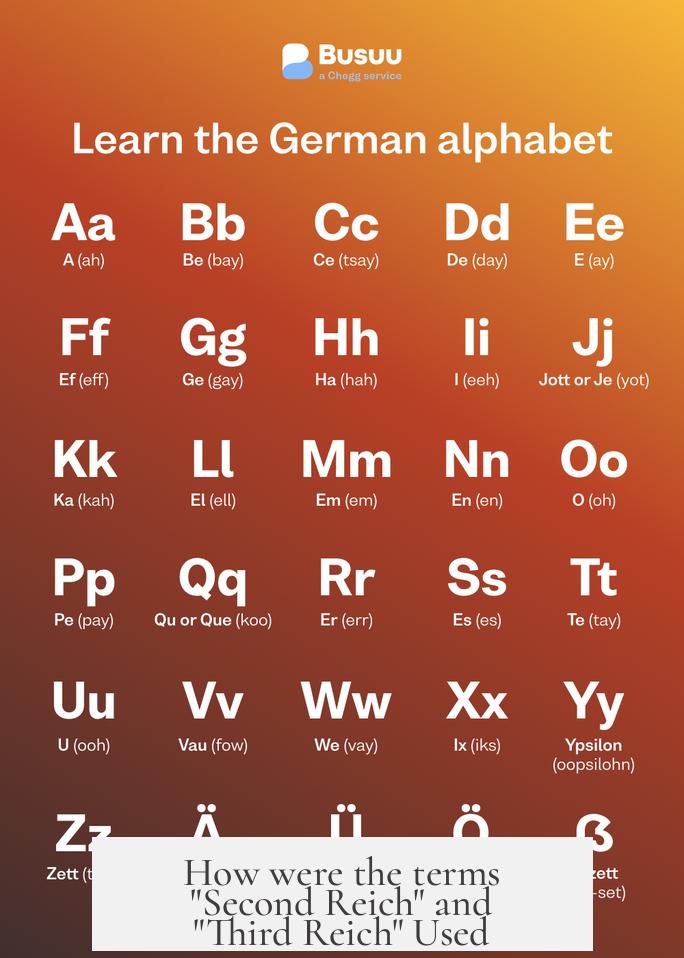
The terms “Second Reich” and “Third Reich” were used to define periods in German history that connected the past, present, and the future of German national identity. But their usage is quite nuanced and tied to political narratives more than official designations.
Wondering why these terms came into play? It’s all about how Germans and later German nationalists defined statehood and their place in history. Let’s unravel these terms step-by-step.
What is the “Second Reich”?

The “Second Reich” refers to the German state from 1871 to 1918, known officially as the Deutsches Reich (German Reich). Now, don’t get fooled by the English translation “German Empire” — a term used because of the presence of an emperor or Kaiser. Germans themselves stuck to the term Deutsches Reich.
This name wasn’t just a label on paper; it appeared everywhere—on currency, documents, legal texts—it symbolized a unified nation under Prussian leadership. From Bavaria to Saxony, the diverse German states found a common identity in this term. In short, the “Second Reich” was more about the German state than just a monarchy.
Here’s an interesting twist: even after the monarchy fell in 1918, giving way to the Weimar Republic, the term Deutsches Reich remained official. The Reich wasn’t about emperors alone but about the German nation and its territory.
How the “Second Reich” Continued Beyond the Kaiser’s Reign
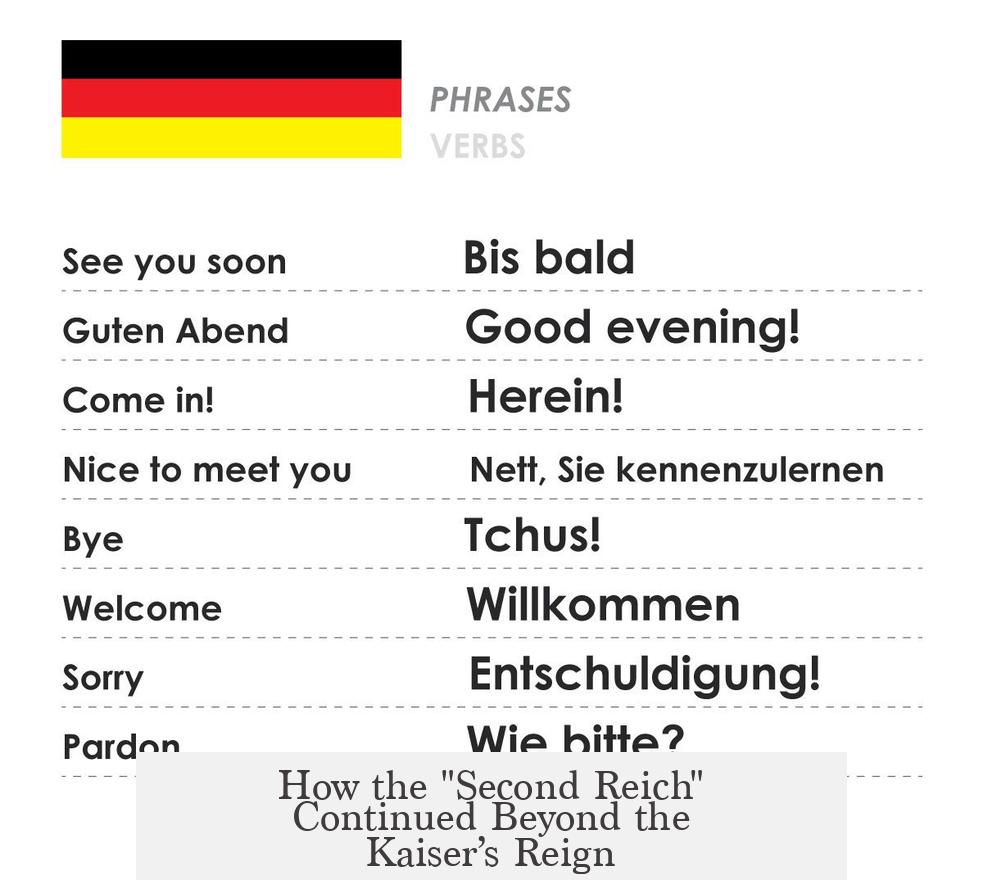
You might wonder, what kept this term alive after World War I? The Weimar Republic kept many things “Reich.” The military was called the Reichswehr. They replaced the old mark with the Reichsmark in 1923. Post offices? That was still the Reichspostministerium. Railroads were run by the Reichsbahn, and courts answered to the Reichsjustizministerium.
The old state structures stuck around. What changed was the power figurehead: instead of Kaisers, executive power went to a Reichspräsident, a new office from the Weimar Constitution, alongside the Reichskanzler.
In fact, Hitler’s criticism of the “Second Reich” during the Weimar era wasn’t a rejection of its entirety. He saw it as worn-out, weak, and decadent compared to the heroic image of Bismarck’s time. So, when Hitler stomped on the “Second Reich,” he didn’t mean a completely different state but a corrupted version of the same one.
Why Did Nationalists Cling to the “Second Reich”?
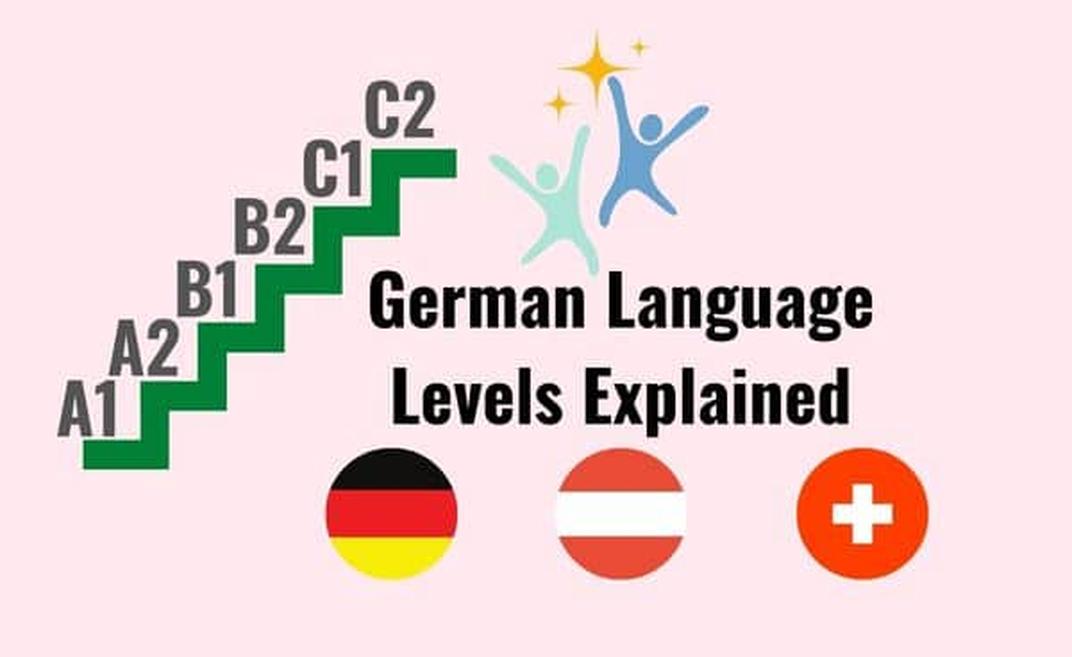
German nationalists during the Weimar Republic felt a strange mix of loyalty and disappointment. They believed they lived in a debased version of the Second Reich, corrupt and impotent compared to the past. Yet, they hoped the best parts would carry over to a future – a stronger, pruned, renewed Reich.
This loyalty to the abstract idea of the “Reich” rather than the actual laws of the Weimar Republic created tension. It undermined the republic and sowed the seeds for its eventual downfall. So, clinging to the Second Reich was both a symbol of pride and a political stumbling block.
Where Did the “Third Reich” Come From?
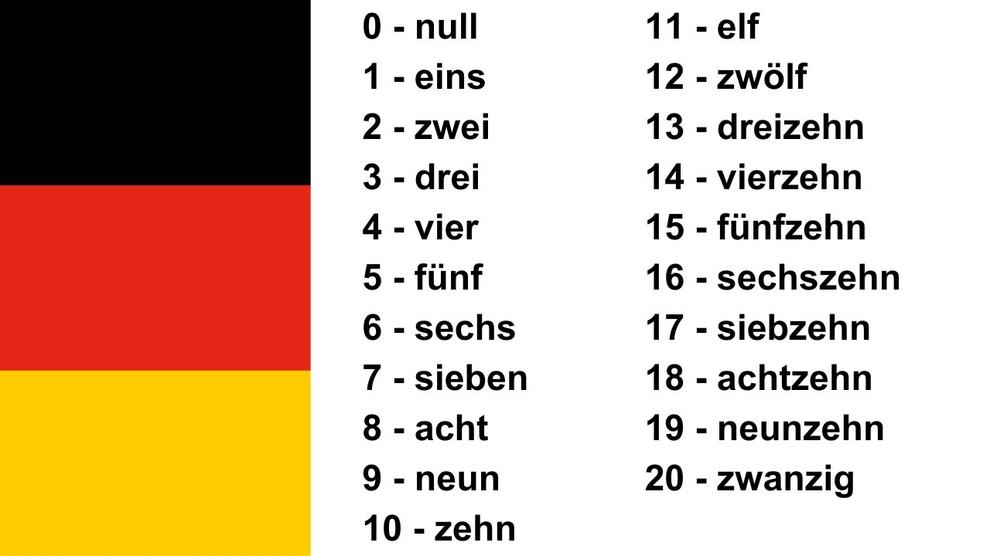
Unlike the Second Reich, the “Third Reich” wasn’t a name tossed around randomly during its time. The idea started before Hitler, in a 1923 book by Arthur Moeller van den Bruck titled Das Dritte Reich. He envisioned a new era of German greatness following the turbulent “Second Reich.”
Hitler quickly grabbed the baton and used the term to fuel his nationalist rhetoric. The Third Reich was positioned as both the heir and a radical reformer—combining the glory of Germanic emperors, the power of the Bismarck Empire, and a bold march into a bright future.
How the “Third Reich” Linked Past, Present, and Future
Think of it this way: the medieval Holy Roman Empire (the “First Reich”) handed down a legacy to Bismarck’s empire (the Second), which in turn was supposed to lead to Hitler’s new order—the “Third Reich.” This imagined lineage wasn’t just historical curiosity but a powerful political tool.
The 1930s Nazi regime used the “Third Reich” label to legitimize its rule. By numbering the eras, they implied history was on their side—as if they were continuing a grand tradition. They criticized the Second Reich as weak and corrupt but pledged to resurrect German greatness anew.
Here’s a question worth pondering: was this continuity real, or just clever branding? The Nazis wanted to make you doubt the Weimar Republic’s claim on German identity and instead accept their narrative as the rightful successor. Clever, right?
Summing Up the Usage and Impact
- The “Second Reich” was the official Deutsches Reich from 1871-1918, and its terminology lingered into the Weimar Republic, carving deep national identity.
- Its retrospective label “Second Reich” wasn’t common at the time, but historians coined it to mark continuity from the Holy Roman Empire.
- The “Third Reich” was initially a cultural and political idea from 1923, popularized and weaponized by the Nazis to claim legitimacy.
- Both terms were used not only to describe states but to invoke historical grandeur and sway public loyalty.
So, in a nutshell, these “Reich” terms are much more than dry historical jargon. They embody how Germany’s past was invoked—sometimes honestly, sometimes manipulatively—to shape identity, politics, and destiny.
Practical takeaways for today’s reader
Always dig beneath historical terms. Ask:
- Who uses this term, and to what political or cultural purpose?
- Does the term reflect official reality or later reinterpretation?
- How does identity tie into terminology?
History is alive, and how we name eras shapes how we remember them. The story of the Second and Third Reichs reminds us to be curious, critical, and aware of the power words hold.
